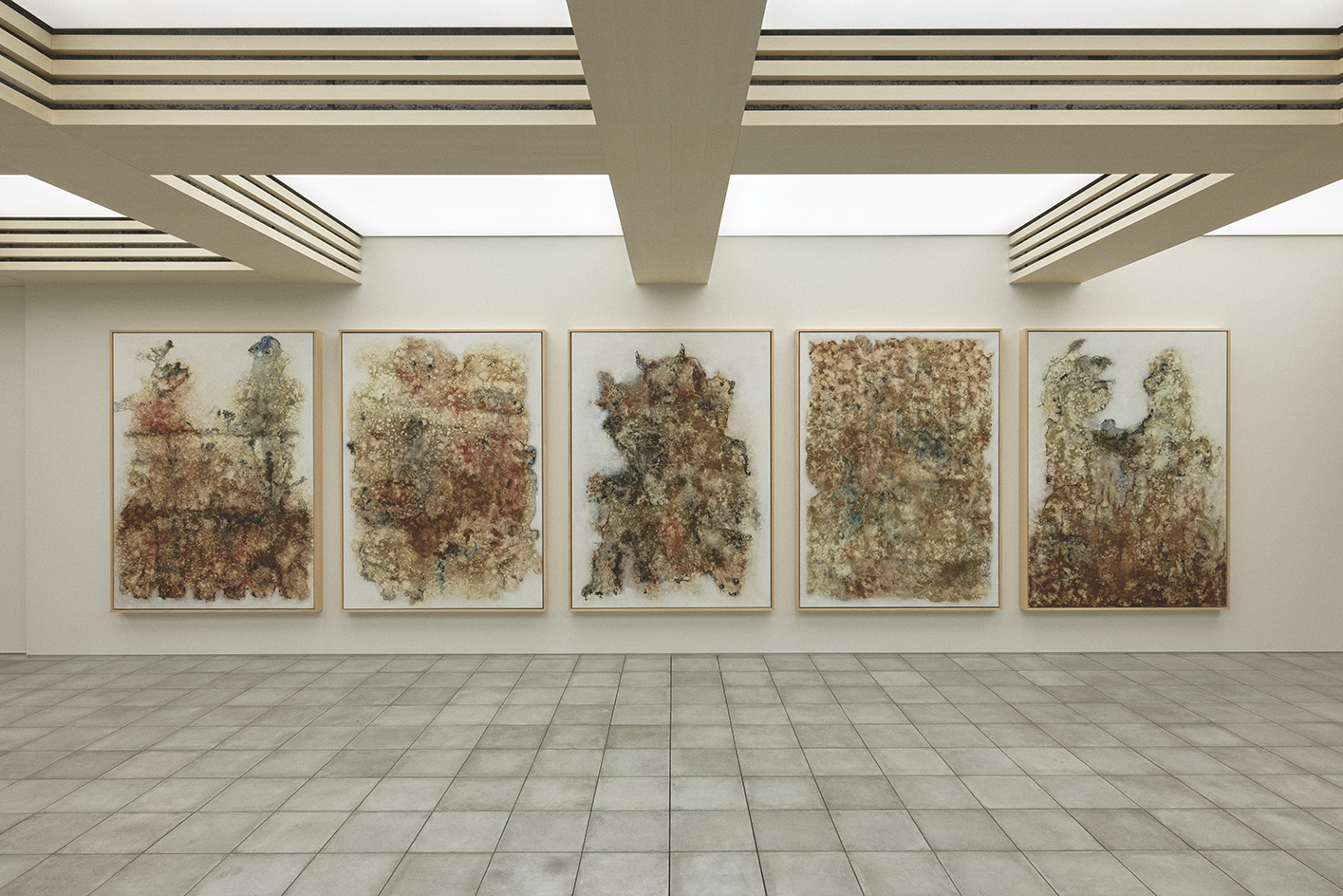
Space Un embodies the French-Cameroonian roots of its creator, collector Edna Dumas; her experience as a contemporary African art collector; and her insights from living long-term in Japan. The newly launched creative hub in the heart of Tokyo was co-founded by actor and artist Yuta Nakano and entrepreneur Lothar Eckstein, and it was designed by architect Go Hasegawa.
Dumas explains: 'It's a space to bring people together. “Un” means one in French, but also explores themes of unity.' Inaugurated with work by Senegalese artist Aliou Diack, Space Un juxtaposes Senegalese artworks with Japanese material contexts, facilitating conversations on the intercontinental, cultural exchange between Africa and Asia.
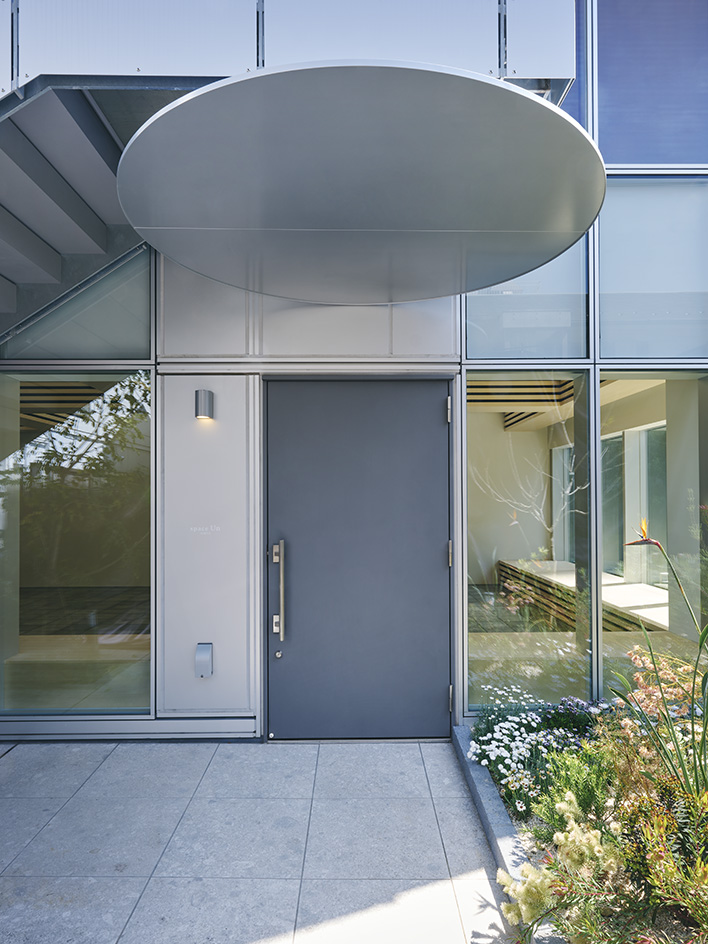
Space Un: Tokyo art scene’s newcomer dedicated to contemporary African art
Space Un is located in Tokyo's Aoyama, between the cultural and commercial hubs of Roppongi and Shibuya. Strategically positioned in this bustling area, Space Un aims to attract as many potential collectors, art enthusiasts and new audiences as possible.
Dumas says: 'Contemporary African art is sadly under-represented in this part of the world.' Through Space Un’s wider programming, she aims to challenge preconceptions and stereotypes of contemporary African art in Japan and beyond.
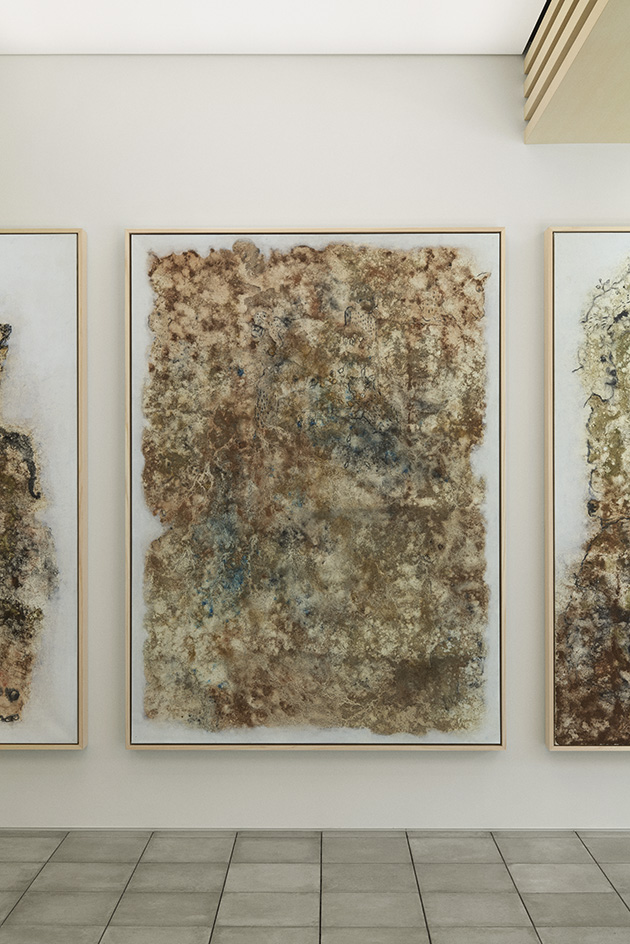
The project's architect was keen for his design to address Space Un as a fundamental space for communication, beyond the stereotypical image of an art gallery. To that effect, the venue’s wide, street-side glass window is lined with an L-shaped bench that encourages visitors to stay, enjoy the café and continue to engage with the space.
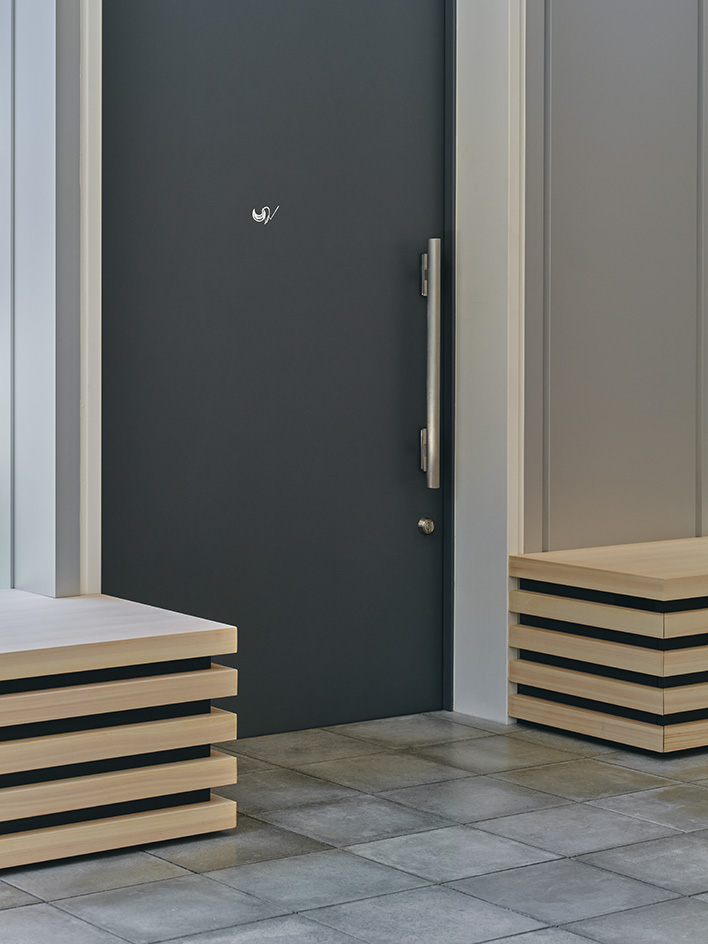
'We made the bench with Japanese cypress from Yoshino, a very precious, premium wood, often used for important shrines in Japan,' Hasegawa continues. He paired it with sourced tables from Cameroon, Togo and Nigeria: 'It's a meeting between the Japanese bench and the West African table.'
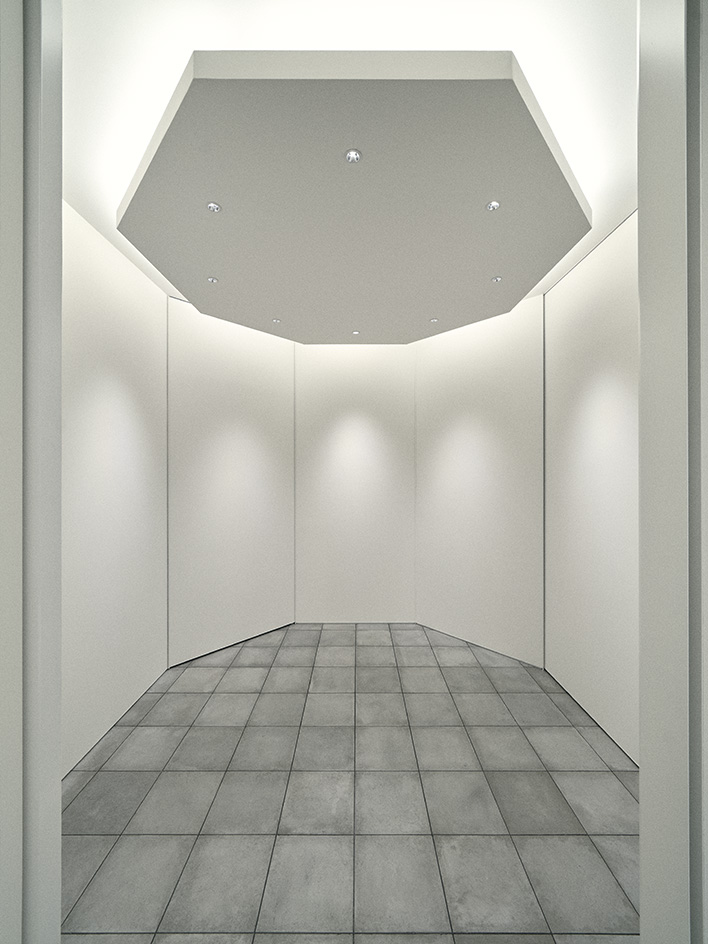
Inside, Hasegawa designed a bespoke frame structure for the ceiling, to conceal pre-existing steel beams. There were two more reasons behind this gesture. The first was to create a space for storing equipment for future shows, and the second was his intention to celebrate the shoji; the room partition devices used in traditional Japanese architecture, typically made of paper and lattice frames of cypress wood.
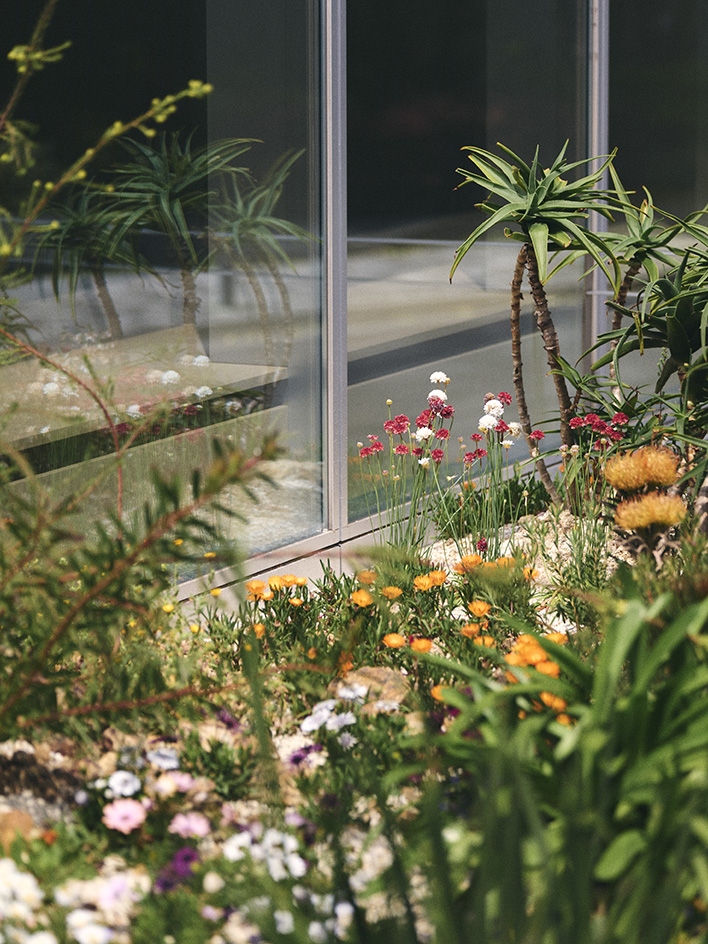
The gallery's design extends outside, to the landscaping of a small garden, which features indigenous African plants. Hasegawa flags that it already stops passersby in their tracks: 'Even for the people who do not enter, the garden acts as a second gallery for this space.'
'Art for me is this universal language,’ says Dumas. ‘You can be Japanese, or Senegalese, but when you are in front of art, sculpture, or performance, it speaks to you. This is what I want the audience to feel like when they come to that space. To say, ”I understand, I feel at home”,’ says Dumas.
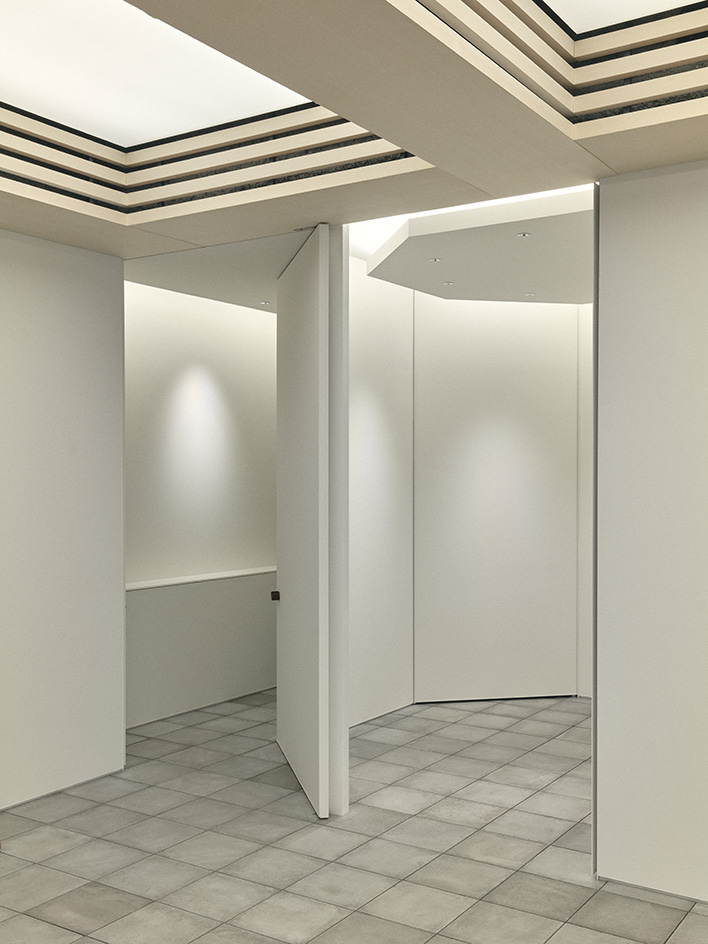
Launched alongside the physical gallery, the Space Un Residency Program invites contemporary African artists to visit Japan and produce work from Hasegawa’s Yoshino Cedar House, originally constructed in 2017 as part of Airbnb’s House Visions project. Artist Aliou Diack has already spent a month there producing work for the current exhibition at Space Un. Hasegawa explains that 'there is already a lot of communication between the African artists and Yoshino rural people - they made the frames for Diack’s artworks'.
Dumas says: 'I would love the Japanese audience to be taken by contemporary African art – to have the experience of seeing something other than what they have been accustomed to [...] I think the space will bring something new thematically and hopefully, they will embrace diversity and find something in common.'







